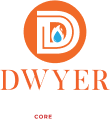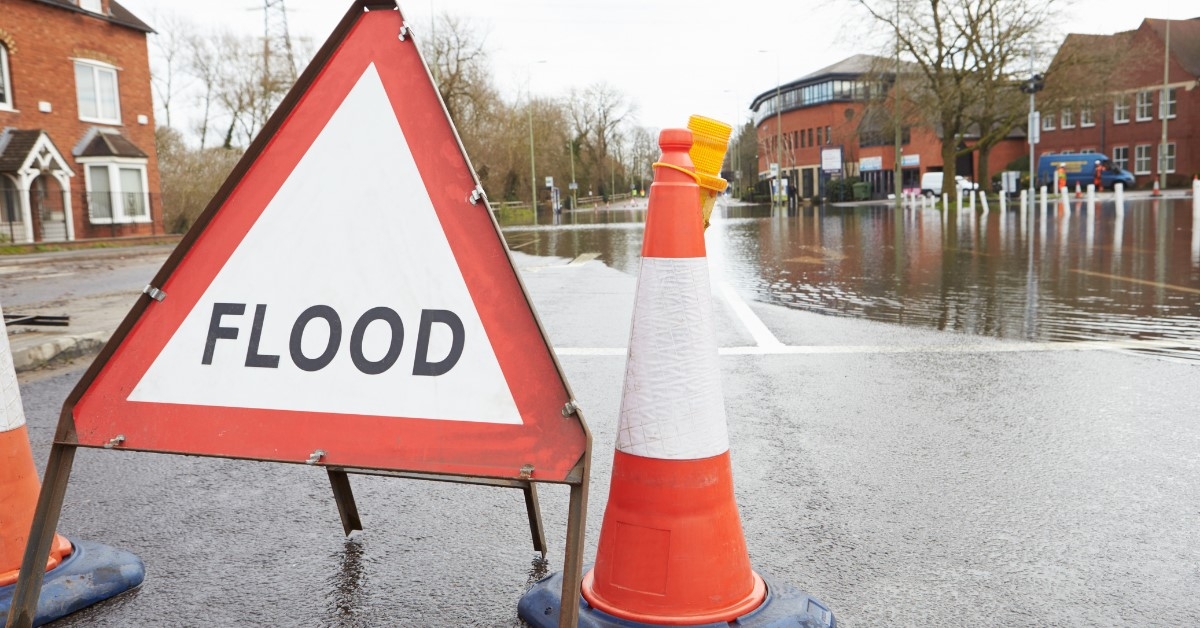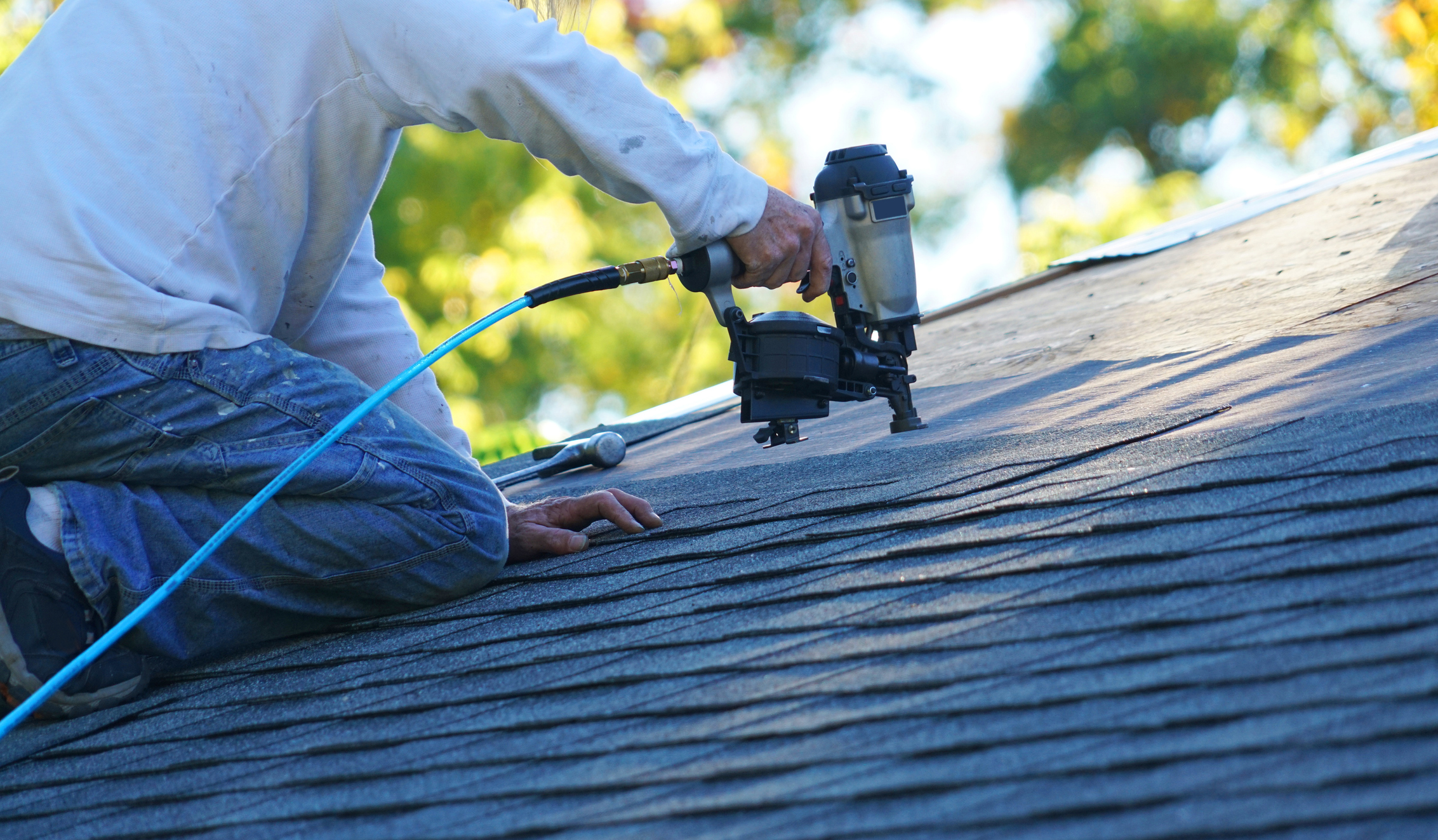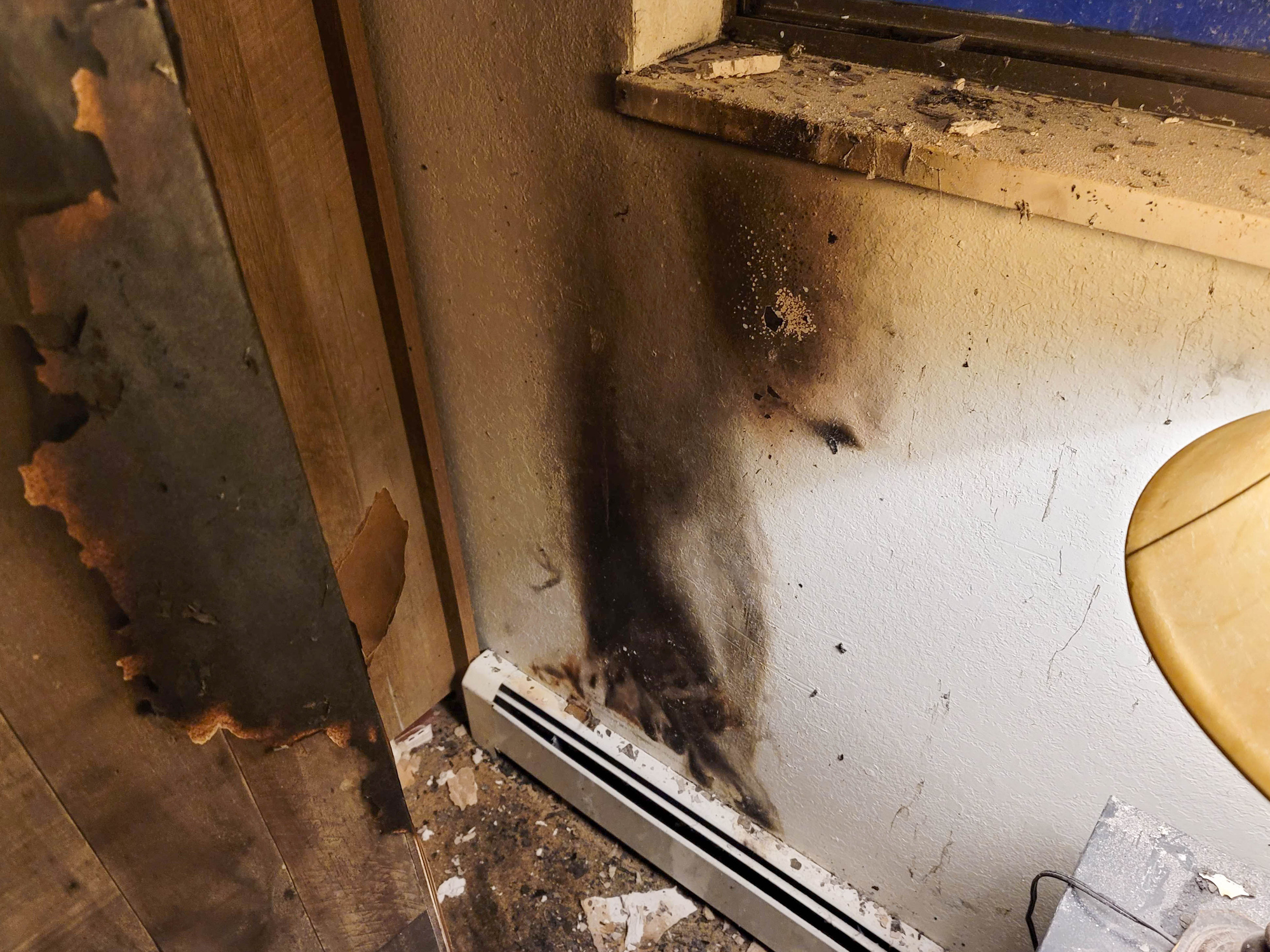Floods are among the most common and destructive natural disasters, causing significant damage to homes and posing a serious threat to human safety. While it’s impossible to prevent floods entirely, you can take proactive steps to minimize their impact on your life and property. One of the most critical measures is creating a comprehensive flood preparedness emergency plan. In this blog post, we will guide you through the process of developing an effective flood emergency plan for your home, ensuring the safety and well-being of your family during times of crisis.
Understanding Flood Risks
Before creating your flood preparedness plan, it’s essential to understand the flood risks in your area. Factors that contribute to flood risk include:
Location: Homes near rivers, lakes, or coastal areas are more susceptible to flooding. Local geography plays a significant role.
Weather Patterns: Heavy rainfall, hurricanes, and snowmelt can all contribute to flooding. Stay informed about your region’s weather patterns.
Historical Data: Research historical flood data and understand the frequency and severity of floods in your area.
Elevation: The elevation of your home relative to nearby bodies of water can impact your flood risk. Homes in low-lying areas are more vulnerable.
Creating Your Flood Preparedness Plan
Emergency Contact Information
Compile a list of emergency contact numbers, including local authorities, emergency services, and utility companies. Share these contact details with all family members, and keep a printed copy in a waterproof container.
Evacuation Plan
Determine evacuation routes from your home to higher ground or designated emergency shelters. Practice evacuation drills with your family so that everyone knows what to do in case of a flood.
Emergency Kit
Assemble a comprehensive emergency kit that includes essential supplies such as non-perishable food, water, first-aid supplies, flashlights, batteries, a portable radio, and important documents. Ensure your emergency kit is easily accessible and regularly updated.
Communication Plan
Establish a family communication plan. Decide on a designated out-of-town contact person whom family members can call to check in and relay information. Ensure that all family members have fully charged cell phones and consider investing in backup power sources like portable chargers.
Flood Insurance
Evaluate your flood insurance needs. Standard homeowners’ insurance policies typically do not cover flood damage. Purchase flood insurance through the National Flood Insurance Program (NFIP) or a private insurer if you are in a high-risk area.
Home Protection
Install flood-proofing measures such as sump pumps, check valves, and backflow preventers to minimize water intrusion into your home. Elevate electrical systems, appliances, and heating equipment above the expected flood level.
Emergency Documents
Create digital copies of essential documents such as insurance policies, identification, medical records, and property deeds. Store these documents in a secure cloud-based storage solution or on a waterproof USB drive.
Community Resources
Familiarize yourself with local flood warning systems and alert mechanisms. Sign up for emergency notifications and stay informed about flood watches and warnings.
Emergency Shelter
Identify nearby emergency shelters or community centers that may be used during evacuations.
Know their operating hours and whether they accept pets, if applicable.
Pet Preparedness
Include pets in your evacuation plan. Prepare a pet emergency kit with food, water, medications, leashes, and carriers. Research pet-friendly shelters and accommodations in your area.
Children and Vulnerable Populations
Consider the unique needs of children, elderly family members, and individuals with special needs when developing your plan. Ensure they have access to necessary supplies and medications.
Practice and Review
Regularly review and update your flood preparedness plan. Test equipment, conduct family drills, and keep the plan current. Stay informed about changes in flood risks in your area.
During a Flood
Evacuate Promptly: If authorities issue an evacuation order, leave your home immediately and follow established evacuation routes.
Listen to Authorities: Pay close attention to updates from emergency services and local authorities via radio, TV, or official notifications.
Safety First: Avoid walking or driving through flooded areas. As little as six inches of moving water can knock you off your feet or stall your vehicle.
Stay Informed: Stay informed about the flood’s progress and heed all warnings. Be prepared to adjust your plans based on changing conditions.
Check on Neighbors: Look out for your neighbors, especially the elderly and those with mobility issues. Offer assistance if safe to do so.
After a Flood
Return Safely: Only return to your home when authorities declare it safe to do so. Beware of hazards like downed power lines and structural damage.
Document Damage: Take photographs or videos of the damage to your property and possessions for insurance claims.
Safety Inspection: Have a qualified professional inspect your home’s systems, including electrical, plumbing, and HVAC, before resuming normal activities.
Mitigate Mold: Address any water damage promptly to prevent mold growth. Thoroughly dry out affected areas and consider professional mold remediation if necessary.
Stay Informed: Stay informed about ongoing recovery efforts, available resources, and assistance programs.
Creating a flood preparedness plan is a crucial step in protecting your family and property from the devastating effects of flooding. By taking proactive measures, staying informed, and practicing your plan, you can minimize risks, reduce damage, and ensure the safety and well-being of your loved ones during flood emergencies. Remember that being prepared is your best defense against the unpredictable forces of nature.












